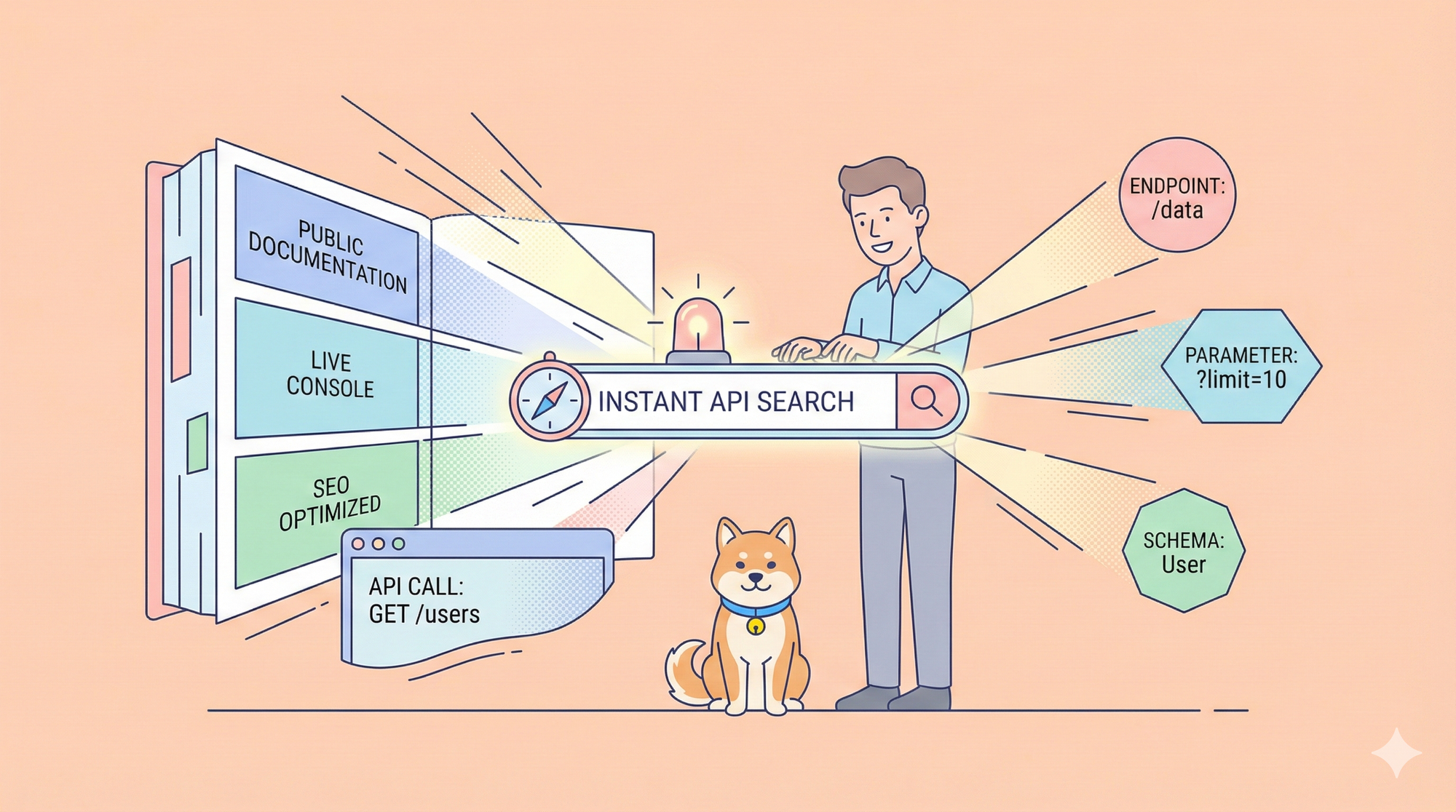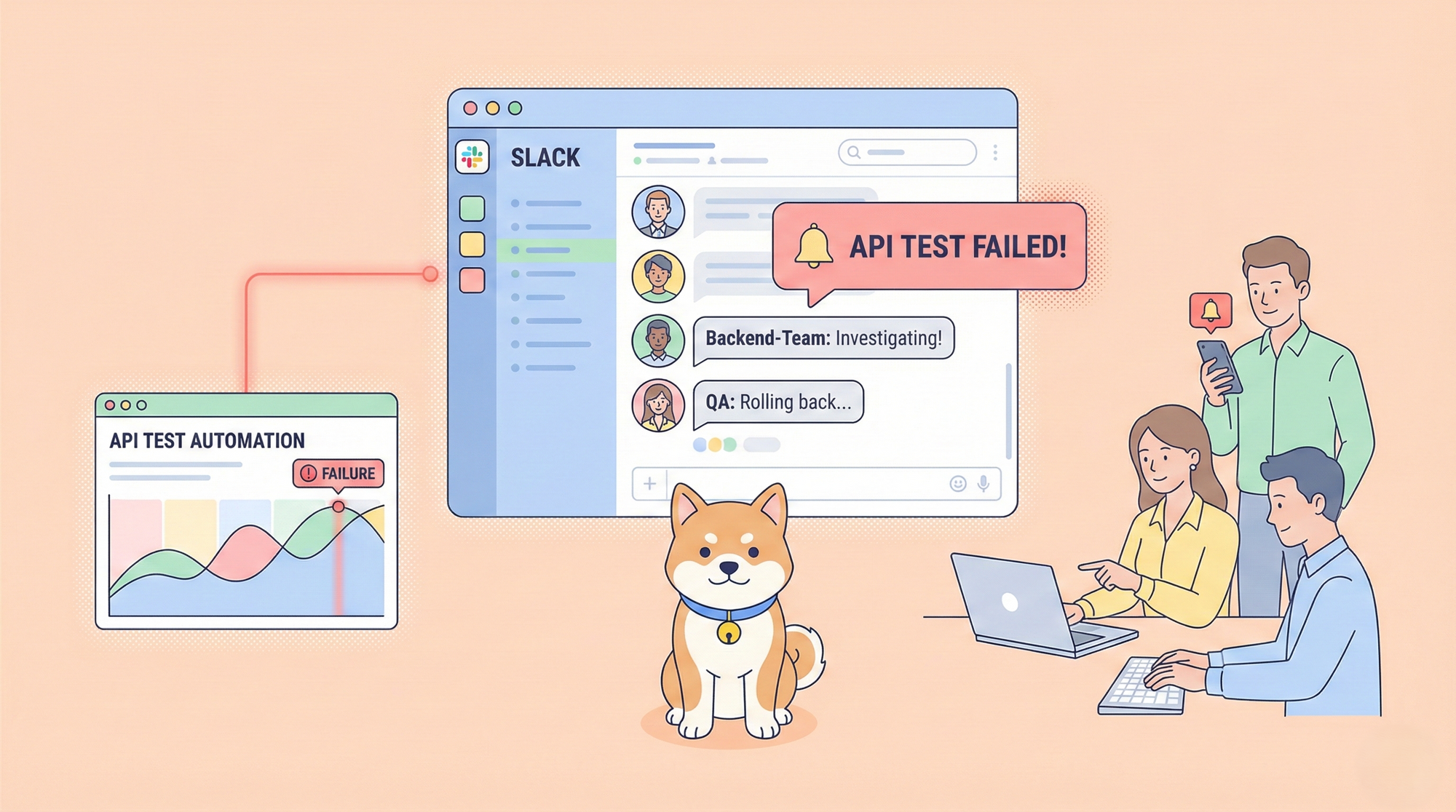Debugging is an essential aspect of software development, allowing developers to identify and fix errors in their code. With the right debugging tools, this process can become significantly more efficient and effective. This article explores the top 10 debug tools that every developer should consider using.

1. Apidog: The Ultimate Debugging Tool for APIs

Apidog is a powerful, all-in-one API development platform. One of its outstanding features is its debugging tool, which is specifically designed for API development. Apidodg combines various functionalities into one platform, making it easier for developers to manage their APIs throughout the development lifecycle.
Key Features:
- Debug Mode: Allows for immediate API debugging or testing within the API documentation.
- Real-Time Testing: Send requests and receive responses instantly.
- Automatic Documentation: Generates documentation automatically as API specifications are defined.
- Mock Servers: Simulate API responses for testing purposes.
- Collaboration Tools: Supports team collaboration with version control.
Pricing:
- Free Plan: Available for individual developers or small teams.
- Paid Plans: Competitive pricing for advanced features, starting at $9 per user/month.
Pros:
- Comprehensive all-in-one tool for API development.
- User-friendly interface that simplifies navigation.
- Strong automation capabilities for repetitive testing tasks.
Cons:
- Limited features in the free plan may restrict larger projects.
- Frequent updates may be needed to improve functionality.
Why Choose Apidog?
Apidog stands out due to its seamless integration of debugging capabilities with API management features. This tool is particularly beneficial for teams working on complex projects where real-time collaboration and quick iterations are essential.
2. Visual Studio Code (VSCode) - Open-source Debugging Tool

Visual Studio Code is a lightweight, open-source code editor that offers robust debugging capabilities across multiple programming languages. Its integrated terminal and extensive extensions make it a favorite among developers.
Key Features:
- Integrated Debugger: Offers step-through debugging and variable inspection.
- Extensions Marketplace: Enhance functionality with numerous extensions.
- Git Integration: Built-in support for version control.
Pricing:
- Free to use.
Pros:
- Lightweight and highly customizable.
- Supports multiple programming languages.
- Strong community support and extensive documentation.
Cons:
- Some advanced debugging features may require additional extensions.
- Can become resource-intensive with too many extensions installed.
3. Chrome DevTools

Chrome DevTools is a set of web developer tools built directly into the Google Chrome browser. It provides powerful features for inspecting code, analyzing performance, and debugging JavaScript applications.
Key Features:
- Real-Time Editing: Modify HTML, CSS, and JavaScript directly in the browser.
- Performance Analysis Tools: Monitor network activity and identify bottlenecks.
- Mobile Device Emulation: Test how applications behave on various devices.
Pricing:
- Free to use as part of the Google Chrome browser.
Pros:
- Powerful tools for web development and debugging.
- Easy access directly from the browser.
- Regular updates from Google ensure continued improvement.
Cons:
- Limited to web applications; not suitable for backend or desktop applications.
- Requires some familiarity with web technologies to use effectively.
4. PyCharm Debugger

For Python developers, the PyCharm Debugger offers an integrated environment tailored specifically for Python programming. Its user-friendly interface simplifies the debugging process.
Key Features:
- Breakpoints and Watches: Set breakpoints to pause execution and inspect variables.
- Interactive Console: Evaluate expressions while debugging.
- Remote Debugging Support: Connect to remote servers for debugging applications.
Pricing:
- Free Community Edition available; Professional Edition starts at around $249/year.
Pros:
- Tailored specifically for Python development.
- Comprehensive features for both beginners and advanced users.
Cons:
- The Professional Edition can be costly for individual developers or small teams.
- The Community Edition lacks some advanced features found in the Professional version.
5. Fiddler

Fiddler is a web debugging proxy that logs all HTTP(S) traffic between your computer and the internet. This tool is invaluable for diagnosing network-related issues in web applications.
Key Features:
- Traffic Logging: Capture all HTTP(S) traffic between your computer and the internet.
- Request Manipulation: Modify requests on-the-fly for testing scenarios.
Pricing:
- Prices start at $6/per user/per month.
Pros:
- Excellent tool for diagnosing network-related issues in web applications.
- User-friendly interface with powerful capabilities.
Cons:
- May require some learning curve to utilize all features effectively.
- Limited support for non-web protocols.
6. GDB (GNU Debugger)

For developers working with C or C++, GDB is an open-source debugger that provides a command-line interface for executing various debugging tasks. It's particularly useful for UNIX-based systems.
Key Features:
- Remote Debugging Capabilities: Debug applications running on remote systems seamlessly.
Pricing:
- Free to use as an open-source tool.
Pros:
- Powerful command-line interface suitable for C/C++ developers.
- Highly customizable with scripting capabilities.
Cons:
- Steep learning curve for beginners unfamiliar with command-line tools.
- Lacks a graphical user interface, which may deter some users.
7. Selenium

Selenium is an open-source tool primarily used for automating web browsers. It supports multiple programming languages and is ideal for functional testing of web applications.
Key Features:
- Cross-Browser Compatibility: Write scripts that work across different browsers.
- Integration with Testing Frameworks: Easily integrate with frameworks like TestNG or JUnit.
Pricing:
- Free as an open-source tool.
Pros:
- Ideal for functional testing of web applications.
- Strong community support and extensive documentation available.
Cons:
- Requires programming knowledge to create effective test scripts.
- Can be complex to set up initially compared to other testing tools.
8. Airbrake

As a cloud-based error monitoring solution, Airbrake provides real-time insights into application performance and error tracking across multiple platforms.
Key Features:
- Detailed Crash Reports: Provides comprehensive reports including stack traces upon errors.
- Real-Time Alerts: Notifies users immediately when new errors are detected.
Pricing:
- Paid plans start at $19/month depending on usage levels.
Pros:
- Excellent tool for monitoring application performance in production environments.
- Integrates well with existing development workflows.
Cons:
- May become costly as usage scales up due to pricing based on error volume.
- Some users report that setup can be complex depending on the application architecture.
9. BrowserStack

For testing across multiple devices and browsers, BrowserStack offers a cloud-based platform that allows manual and automated debugging of web applications in real-time.
Key Features:
- Real Device Testing: Test applications on actual devices instead of emulators.
- CI/CD Integration Support: Streamline workflows by integrating into CI/CD pipelines.
Pricing:
- Paid plans start at $29/month; no free tier but offers a trial period.
Pros:
- Comprehensive coverage of devices and browsers ensures thorough testing scenarios.
- User-friendly interface makes it easy to navigate through tests quickly.
Cons:
- Pricing can be steep for smaller teams or individual developers needing extensive device coverage.
- Some users report occasional performance issues during peak times.
10. SonarLint

As an IDE extension, SonarLint helps ensure code quality by providing instant feedback on potential bugs and security vulnerabilities as developers write code.
Key Features:
- Real-Time Feedback Mechanism: Detect coding issues immediately during development.
- Seamless IDE Integration: Works within existing IDEs like IntelliJ IDEA or Visual Studio Code without requiring additional setup steps.
Pricing:
- Free to use as an open-source tool; premium features may require additional licensing depending on IDE integration needs.
Pros:
- Helps maintain code quality by providing instant feedback on potential bugs and vulnerabilities.
- Supports multiple programming languages, making it versatile across different projects.
Cons:
- Limited advanced features compared to full-fledged code analysis tools like SonarQube.
- May not catch all types of issues, necessitating additional testing methods alongside its use.
Conclusion
Choosing the right debugging tool is crucial in optimizing your software development process. Each of these top 10 debug tools offers unique features tailored to various needs, from API management with Apidog to comprehensive web debugging with Chrome DevTools and Fiddler. By understanding their key features, pricing structures, pros, and cons, developers can make informed decisions that best suit their project requirements and enhance their overall productivity in debugging tasks.




